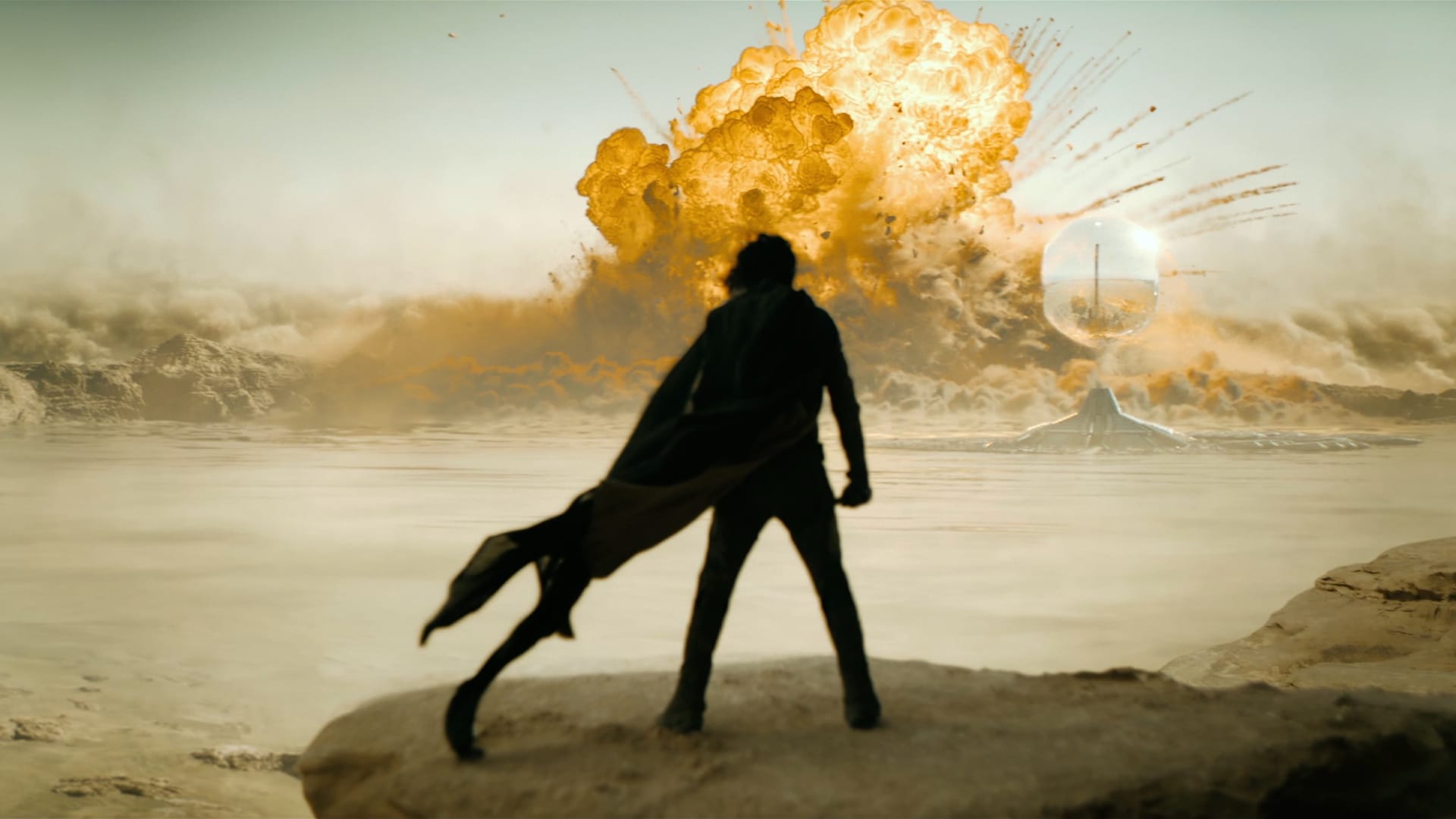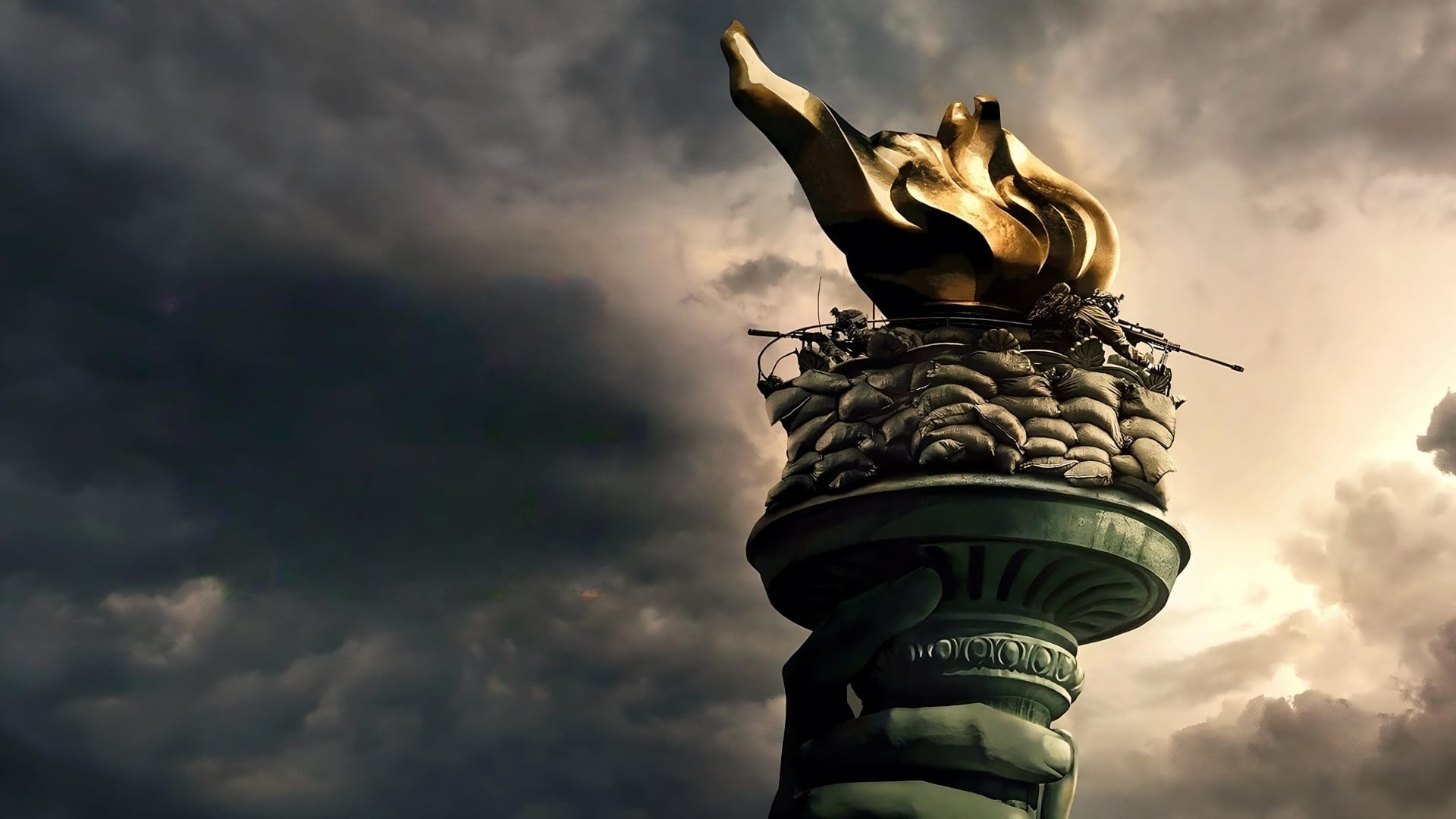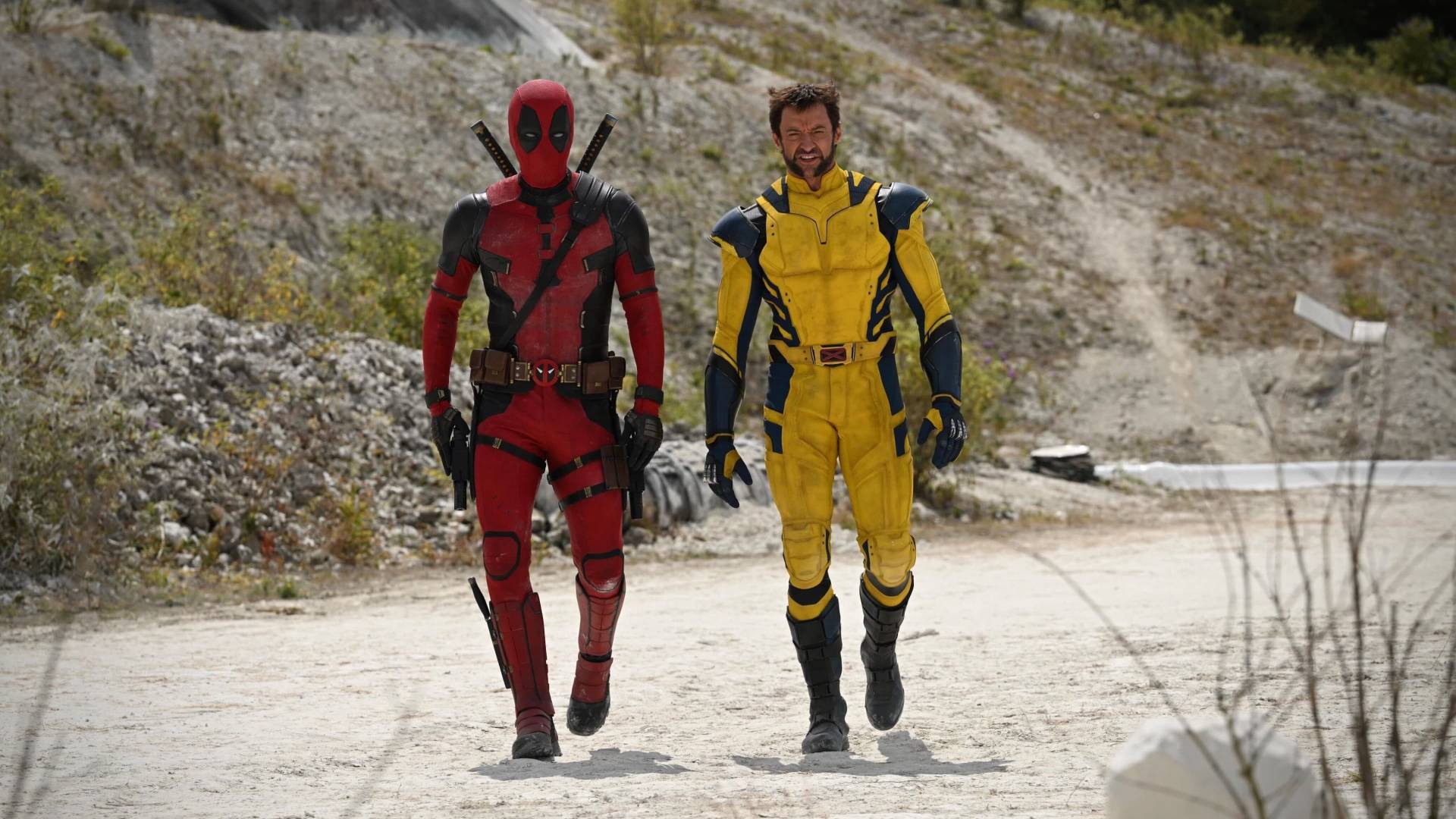The Curious Case of Ridiculous CGI: Why The Flash Tanked at the Box Office
The exaggerated and absurd visuals failed to resonate with the audience, leaving them disconnected from the emotional core of the film.
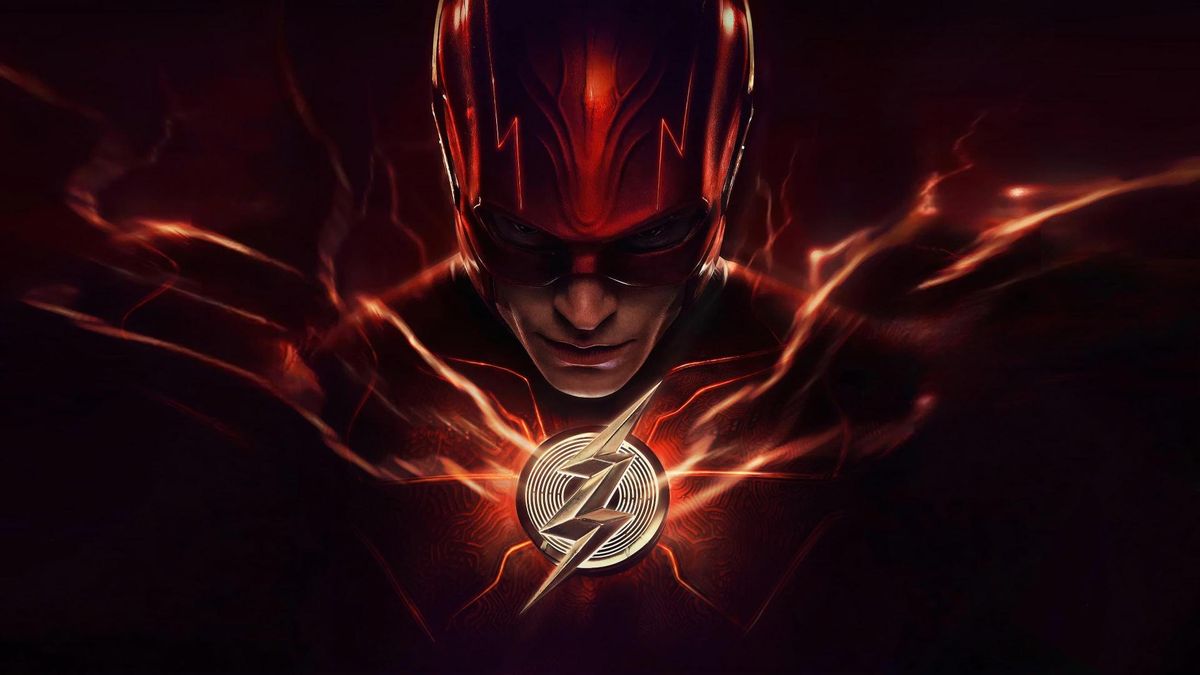
The Flash, a highly anticipated superhero movie, held immense promise for both DC fans and general audiences. However, much to the disappointment of many, the film failed to meet expectations and ended up tanking at the box office. Despite the character's popularity and the superhero genre's undeniable appeal, The Flash struggled to resonate with audiences, and much of the blame was attributed to its subpar CGI.
Computer-generated imagery (CGI) has revolutionized the film industry, enabling filmmakers to create stunning visual effects and bring fantastical worlds and characters to life. Its early success stories in movies like "Jurassic Park" and "Avatar" paved the way for the extensive use of CGI in modern superhero films. However, the increasing reliance on CGI also posed several challenges and risks.
The Flash: Expectations and Anticipation
As a beloved character with a dedicated fan base, The Flash movie generated immense anticipation. Fans were eager to witness the Scarlet Speedster's super-speed, intense action sequences, and time-traveling adventures. Trailers and promotional material further fueled excitement, setting high expectations for the visual effects.
The Pitfalls of Ridiculous CGI
Upon release, The Flash faced severe criticism for its laughable CGI. Key action sequences lacked realism and immersion, drawing attention away from the story and character development. The exaggerated and absurd visuals failed to resonate with the audience, leaving them disconnected from the emotional core of the film.

The negative reviews and feedback from audiences poured in, citing the film's poor CGI as a significant flaw. Critics pointed out specific scenes where the CGI quality was lacking, leading to an overall negative impression. As a result, word-of-mouth adversely affected box office numbers, ultimately impacting the film's performance.
Behind the scenes, The Flash encountered various production challenges. The VFX team faced tight schedules and limited resources, compromising the quality of CGI. In the pursuit of meeting release deadlines and maximizing profits, studio decisions might have compromised the overall visual appeal of the film.
Learning from Mistakes: How Can Future Superhero Films Improve?
The failure of The Flash serves as a cautionary tale for future filmmakers. Striking a balance between practical effects and CGI is crucial to creating a more authentic experience. Allocating sufficient time and resources for VFX production is essential in achieving high-quality visuals. Moreover, emphasizing storytelling over visual spectacle can ensure that the film remains emotionally engaging.
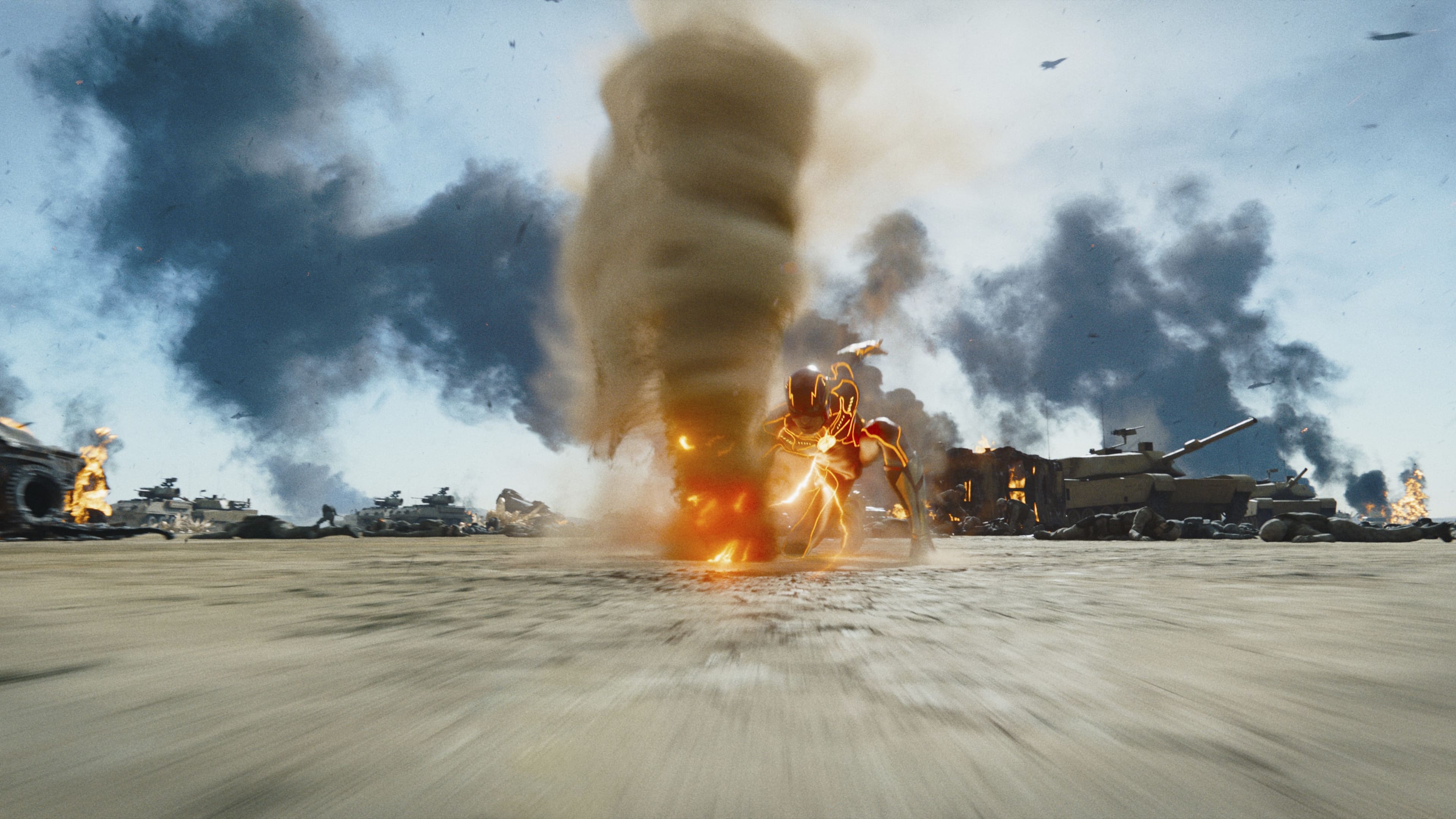
The Impact on the DCEU and Superhero Genre
The Flash not only affected DCEU's continuity but also left an impact on the perception of superhero movies as a whole. Audiences now demand more from CGI-heavy films, expecting seamless integration of effects to enhance storytelling rather than overshadow it.
Conclusion
The Flash may have faltered at the box office, but it provides valuable lessons for filmmakers and studios alike. Ridiculous CGI can be detrimental to a film's success, no matter how popular the character or the genre. Striving for a well-balanced blend of practical effects and CGI, while prioritizing storytelling, is essential for future superhero movies to thrive. As technology continues to advance, filmmakers must remember that dazzling visuals alone cannot carry a film—the heart of the story remains paramount.


